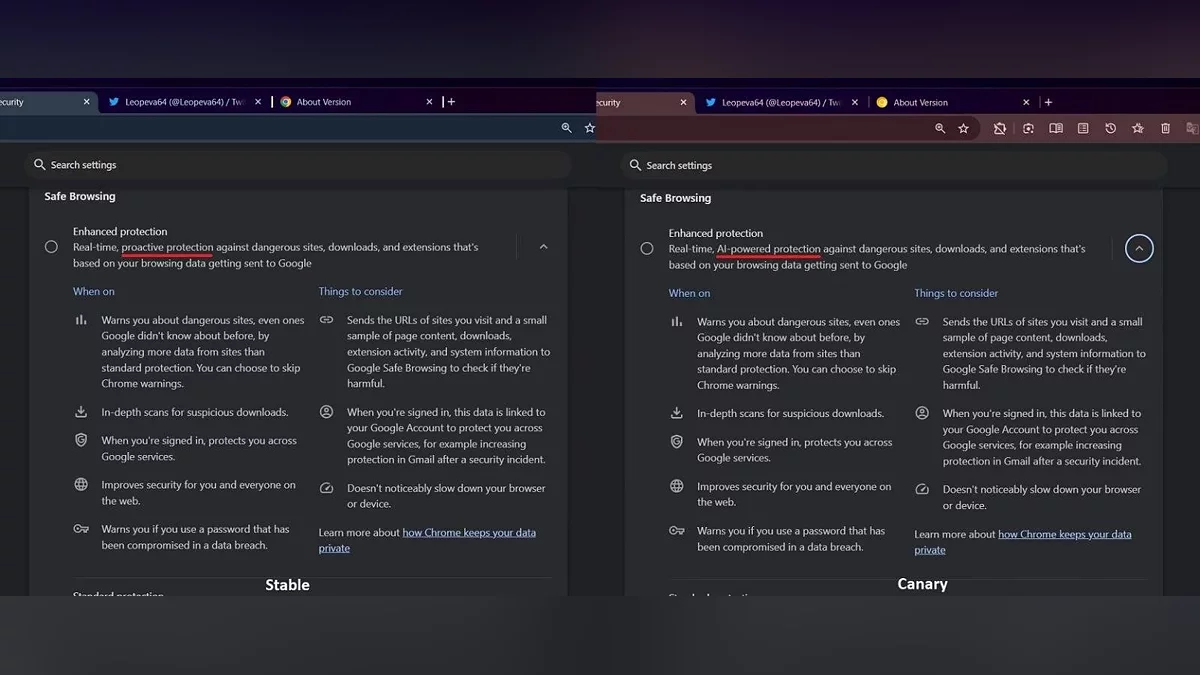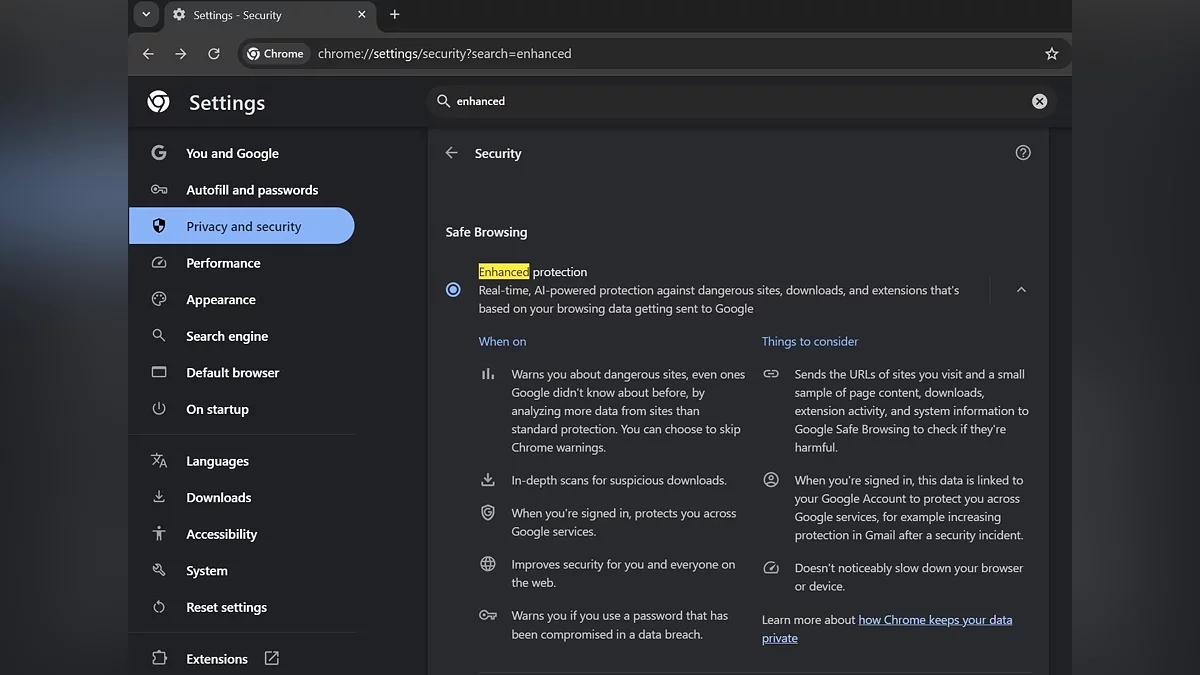Enhanced Protection 2.0: Google Chrome Introduces AI-Powered Defense Against Unknown Threats

Google has revamped Chrome’s built-in Enhanced Protection tool with AI integration, bringing a fundamental shift in the fight against cyber threats. The update, now available to all users of the stable version on Windows, Android, and iOS, significantly enhances security mechanisms. Previously known as Proactive Protection, the feature relied on pre-compiled databases of malicious sites. Now, AI algorithms analyze the behavior of websites, downloads, and extensions in real time, identifying even previously unknown threats. According to Google’s developers, the neural network detects anomalies in patterns — such as suspicious redirects or hidden scripts — and instantly blocks access to compromised pages.
Particular emphasis has been placed on file scanning: the system conducts a multi-layered analysis of downloaded content, flagging potentially harmful EXE, APK, or archive files. However, Google notes that enabling Enhanced Protection requires sharing metadata about visited pages to improve algorithm efficiency. Interestingly, while the feature was first announced in November 2023, details of its implementation remained unclear for some time. Only now has it been revealed that AI is not just an addition but a complete overhaul of the protection system. Internal statistics indicate that over 1 billion users worldwide have already opted for Enhanced Protection over the standard Safe Browsing, which Google claims reduces the risk of phishing attacks by half.
Despite its automation, the feature is disabled by default. To activate it, users must navigate to Settings → Security and enable the corresponding option. Experts recommend Enhanced Protection for those who frequently visit unfamiliar websites or handle files from unverified sources. This update positions Chrome at the forefront of "smart" cybersecurity, where AI is not just an assistant but the primary shield against evolving threats. The only question is how users will weigh the trade-off between privacy and enhanced security.
-
TDZ X: Traffic Driving Zone, a free racing game, is now available on Google Play
-
How to Install Games and Apps on Chrome OS Flex
-
Google Play Protect Now Detects Threats in Real Time with Major Security Upgrade
-
Where to Find Saved Passwords in Google Chrome
-
Google Chrome Goes on Autopilot: Browser Now Automatically Replaces Compromised Passwords

